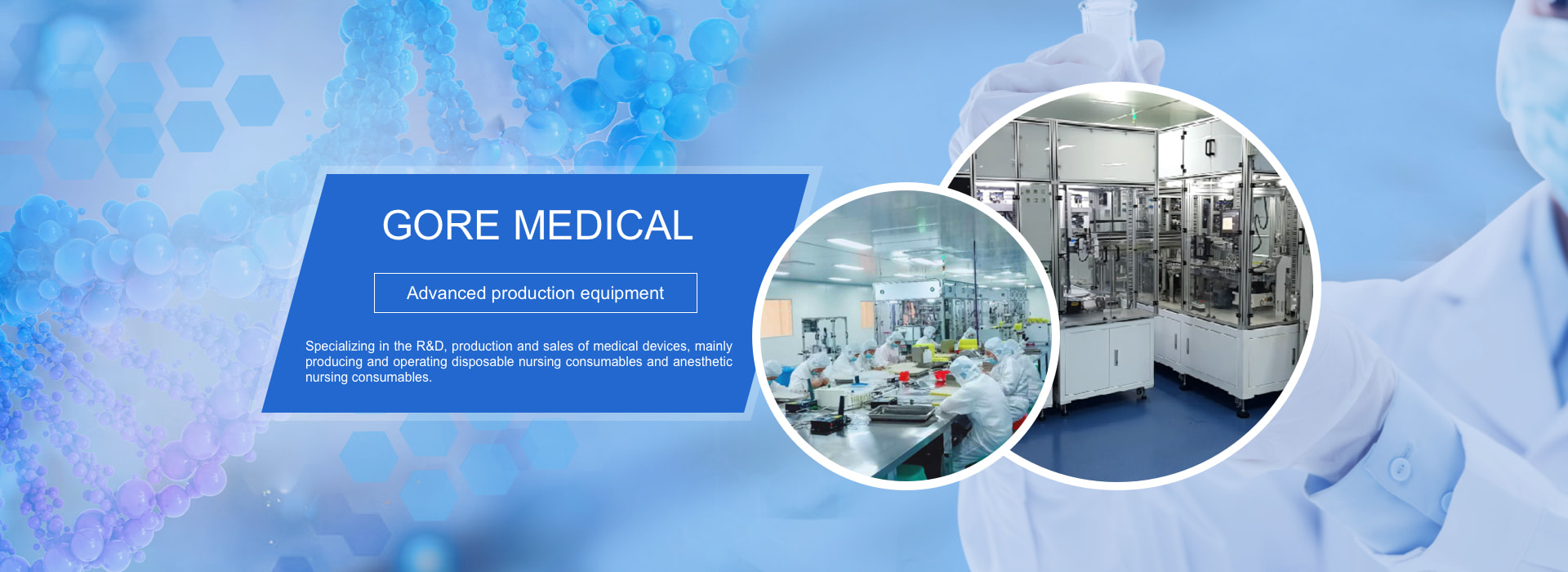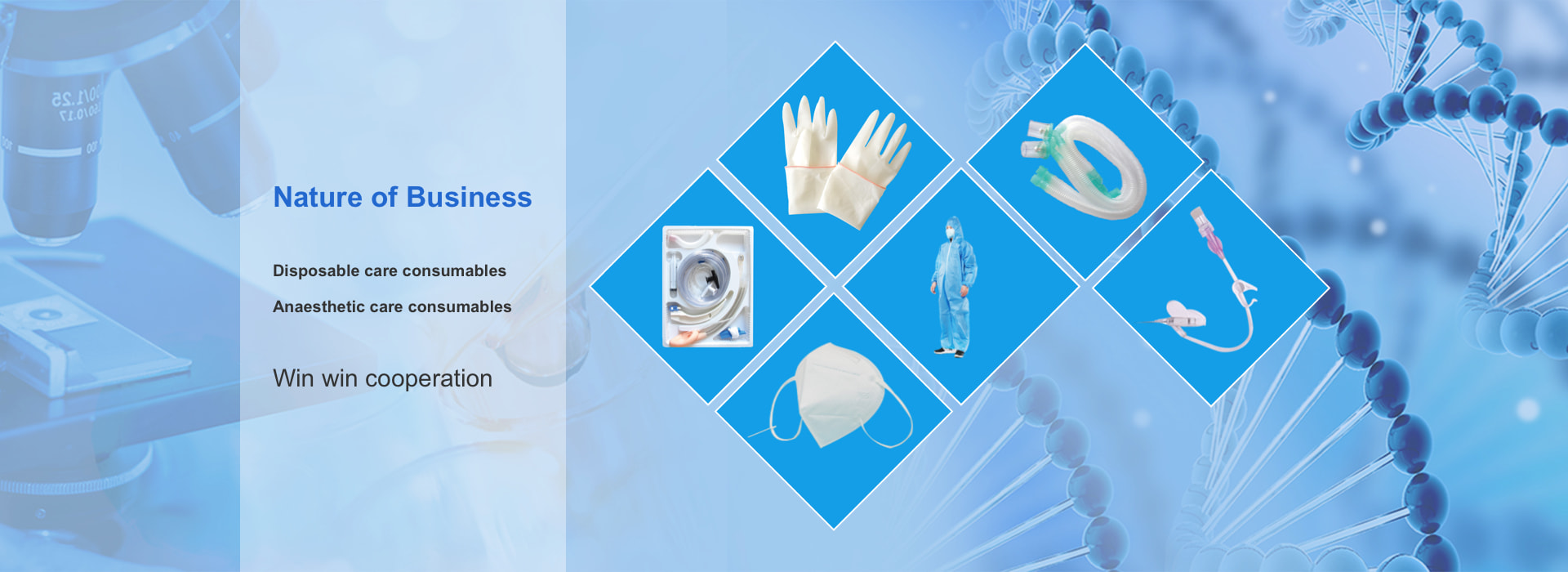
Henan Gore Medical Instrument Co., Ltd
Henan Gore Medical Instruments Co., Ltd. was established on May 18, 2008, and is located in the north industrial zone of Dingluan Town, Changyuan City, which is the "hometown of sanitary materials". Our company covers an area of 60000 square meters, with a building area of 48000 square meters, including more than 40000 square meters of 100000 level purification workshops meeting GMP design requirements; The warehouse covers an area of 3000 square meters.
Learn more
EU CE standard certification

ISO13485 International Quality System Certification
PRODUCT RANGE
Trust of medical users
STRENGTH WITNESS
All over the world
Start with customer demand
Finally, the customer was satisfied
Over the years since the establishment of Gore Medical Devices, the company has always adhered to the quality policy and strict product quality management. We will wholeheartedly provide the medical and health industry with first-class "Yuwei" series of medical products for the benefit of society.
Gore medical devices are sold all over the world, and the product sales network is constantly expanding and improving to provide customers with professional services.
Service hotline: +86-0371-55580777 +86-0371-55581777
NEWS CENTER
Medical information
-
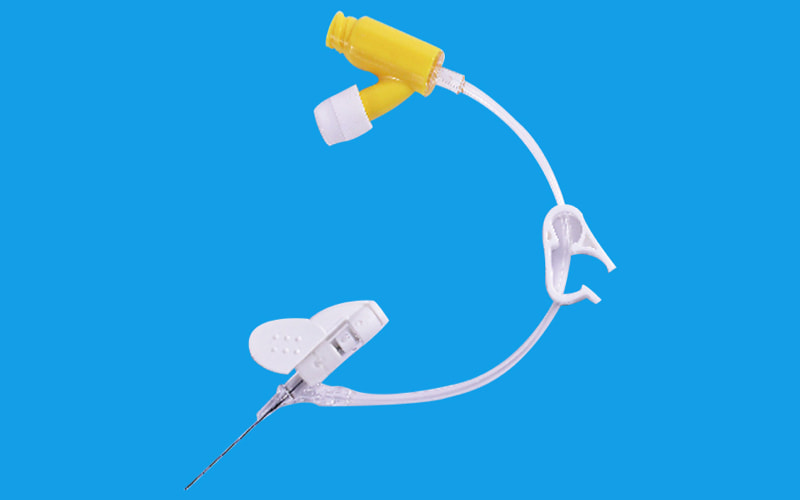
How long can the intravenous indwelling needle sta...
The intravenous indwelling needle can be kept in the blood vessel for 5-7 days. However, some people believe that it will be left for about 15 days. If it is an adult, the venous indwelling needle and the indwelling site should be properly selected, and the local area should be well maintained. The indwelling time can be appropriately prolonged if there is no inflammatory reaction. The main reason that affects the time of venous indwelling needle is the occurrence of phlebitis. In addition, unskilled puncture technology, incorrect sealing method, patients' own diseases such as hemodynamic changes, increased vascular permeability and other factors may lead to liquid leakage, catheter blockage or prolapse, resulting in catheter failure.
The key component of the venous indwelling needle is the catheter around the stainless steel needle, which is made of plastic. Conduits were made of plasticized PVC (1950s and 1960s). Due to the shortcomings of small molecule plasticizer and high viscosity, it was soon replaced by fluorinated ethylene propylene copolymer (FEP) (since 1970s). FEP has the advantages of excellent blood compatibility, chemical inertia, self-lubricating, easy processing and molding, and high hardness, which is conducive to venipuncture. The hard feature is both the advantage and disadvantage of FEP catheter. Higher hardness will produce strong mechanical stimulation on human blood vessels, resulting in higher incidence of endothelial cell damage and inflammation (such as phlebitis) related to FEP cannula; FEP catheter is easy to bend, which will cause catheter blockage, and the catheter must be replaced. At present, domestic venous indwelling needle manufacturers use FEP to prepare indwelling needle catheter.
-
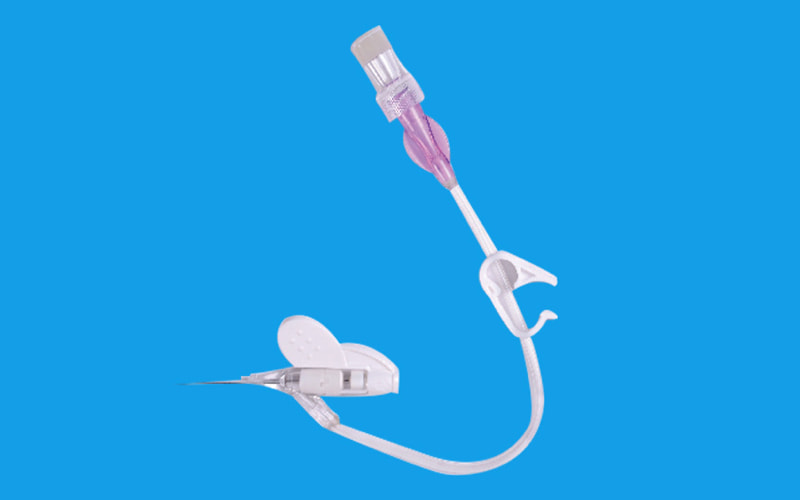
What is the operating tutorial of intravenous infu...
1. Take the objects to the patient's bed and explain the bed number and name to the patient.
2. Hang the infusion bottle on the infusion rack, open the outer package of the catheter needle, and wear gloves.
3. Select the vessel. Tie a pulse pressing belt 10cm above the puncture point, and conduct local skin disinfection according to routine procedures, and wait for drying.
4. Take out the static catheter of the retaining needle, remove the needle sleeve, and turn the needle core to make the needle head slope upward. Needle the scalp of the prepared intravenous infusion device into the heparin cap, pay attention to exhaust the air, and turn off the switch of the infusion device.
5. The needle is punctured at an angle of 15~30 ° with the skin. When blood returns, reduce the angle and push the needle 0.2~0.5cm Puncture. Ask the patient to clench his fist, tighten the skin with his left hand, and clamp the protective wing of the catheter needle with his right hand with his thumb and index finger. Fix the catheter needle with the right hand, pull out the needle heart 0.5~1cm with the left hand, put all the outer tubes into the vein with the left hand, loosen the pulse band, and ask the patient to loosen his fist.
6. Draw out the needle heart, fix the catheter needle with a special application, write the patient's name, the date and time of retaining the needle on the application, then fix the heparin cap, and take out the pulse compression band.
Extended data:
The components of the static core of the indwelling needle include a flexible catheter/cannula that can be placed in the blood vessel, and a stainless steel puncture guide needle core. When in use, the catheter and the needle core are punctured into the blood vessel together. When all the catheter enters the blood vessel, the needle core is withdrawn, and only the soft catheter is retained in the blood vessel for infusion treatment.
The retaining needle is divided into open type and closed type, the open type is divided into ordinary type and safe type (needle stab prevention type), and the closed type is divided into ordinary type and safe type (needle stab prevention type).
-
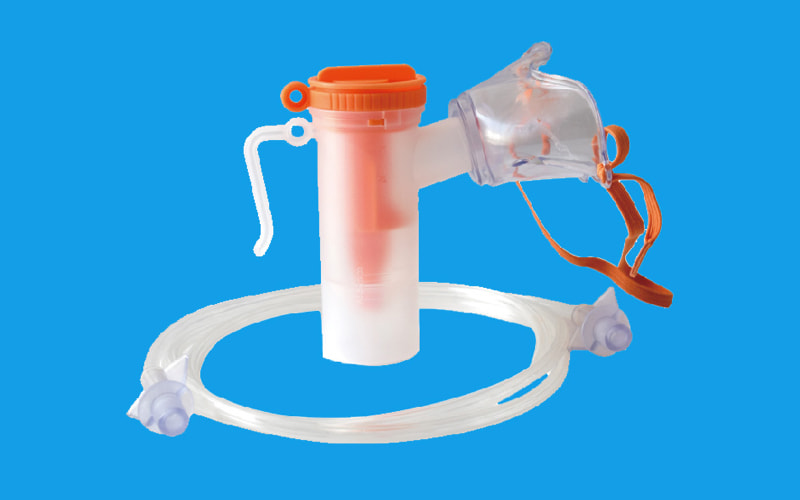
What is the principle of atomizer
The atomizer is an instrument for atomizing liquid, and the liquid droplets after atomization are all nanoscale. Air humidifier is a kind of atomizer.
Medical atomizers are divided into ultrasonic atomizers, compression atomizers and screen atomizers.
Working principle of ultrasonic atomizer: the liquid medicine is turned into fog by ultrasonic thin plate vibration. Because the fog particles produced by ultrasonic technology vibration are large and dense, which is unfriendly to patients, the ultrasonic atomizer has been eliminated now.
Working principle of compressed atomizer: compressed air makes the liquid medicine form particles on the baffle, and particles with small diameter form fog through the screen. The particles with large diameter return to the liquid medicine.
Working principle of screen atomizer, Aerosol particles with smaller diameters are formed. The diameter of atomized particles generated is concentrated at 3 μ m-7 μ M. Particles with diameter ≤ 5 microns are generally more than 50%, and some brands can reach 60% - 90%. It is mainly used for aerosol therapy of children.
Aerosol inhalation therapy is a commonly used method to treat respiratory system diseases. Using the principle of gas jet, drugs are dispersed into tiny droplets or particles suspended in the gas through a certain atomization device, and deposited in the respiratory tract and lungs through inhalation to achieve the effect of drugs. Like oral drugs, intramuscular drugs, and intravenous drugs, it is a drug delivery method, but compared with other drug delivery methods, Aerosol inhalation therapy has the characteristics of small dosage, fast onset, small systemic side effects and convenient use.

